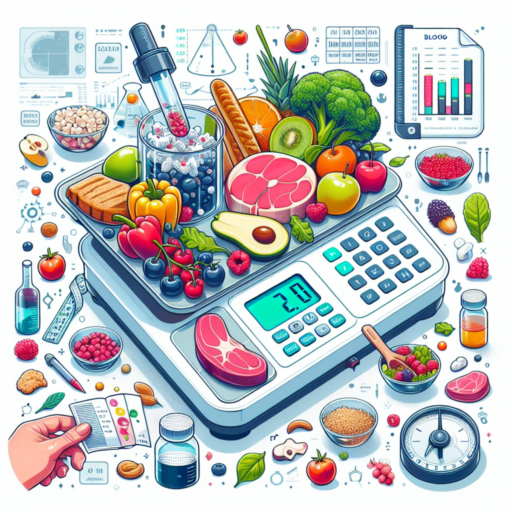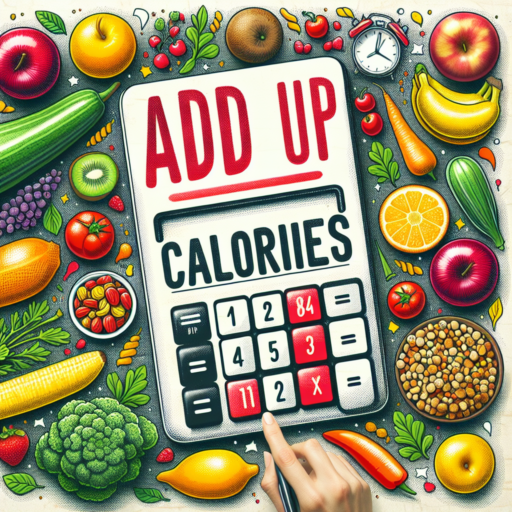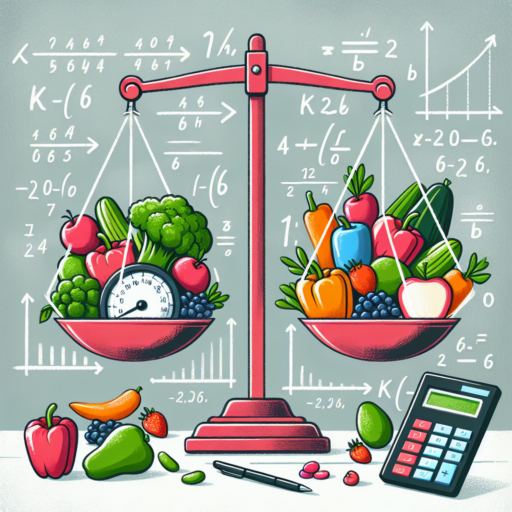How do they calculate calories for food?
Understanding how calories in food are calculated is crucial for those monitoring their dietary intake. The process involves a blend of science and mathematics, ensuring accuracy and reliability. Essentially, the caloric content of food is determined by measuring the energy food provides, which is a direct reflection of its macronutrient composition.
The primary method used for calculating calories in food is through the Atwater system. This system assigns specific caloric values to the three main macronutrients: proteins, carbohydrates, and fats. In this context, proteins and carbohydrates are typically estimated to provide 4 calories per gram, whereas fats deliver approximately 9 calories per gram. By analyzing the macronutrient profile of a food item, its total caloric value can be accurately calculated.
Beyond the Atwater system, advancements in technology have introduced more direct methods of determining caloric content. Bomb calorimetry, for instance, is a technique where food is combusted in a controlled environment to measure the heat released, which is then correlated to its caloric value. Despite its precision, this method is less commonly used for standard food labeling due to its complex nature and the more cost-effective nature of the Atwater system.
No se han encontrado productos.
Is food measured in kcal or cal?
When it comes to measuring the energy content of foods, terms like kcal (kilocalories) and cal (calories) often cause confusion. At their core, both units are used to indicate the energy that food provides, but they are not exactly the same. Understanding the distinction between kcal and cal is crucial for accurately tracking dietary intake and managing nutritional needs.
In the realm of nutrition and food science, the term «calorie» is commonly used to refer to what is scientifically called a kilocalorie. One kilocalorie (kcal) equals 1,000 calories, technically speaking. However, in dietary contexts, when people talk about the calories in food, they are typically referring to kilocalories. This means that a food label stating 200 calories is actually indicating 200 kilocalories.
Despite the technical difference, the use of calorie and kilocalorie interchangeably in the dietary sense has become standard practice. This is largely because food energy is generally expressed in quantities meaningful to dietary planning, making kcal the more pertinent measure. Hence, in most practical situations, when we discuss the calorie content of food, we are indeed talking about kilocalories, though the shorter «cal» term is predominantly used for simplicity.
Are kcal the same as calories?
Understanding the terminology related to energy in our food can be challenging, with terms like «calories» and «kcal» often used interchangeably. However, they have distinct meanings that are important to understand. When we dive into the nuances of these terms, we can get a clearer picture of how energy is measured in our diets and how it impacts our daily nutritional needs.
In the realm of nutrition, the term calorie is commonly used to denote the amount of energy food provides. Technically speaking, a calorie (with a small ‘c’) is the amount of energy required to raise the temperature of 1 gram of water by 1 degree Celsius. This unit, however, is extremely small and not very practical for everyday use, especially when talking about the energy content of food.
On the other hand, kcal, which stands for kilocalories, is the term that most accurately describes what we commonly refer to as «calories» in the context of food energy. One kcal is equivalent to 1,000 true calories. This means that when nutritional labels and dietitians refer to the caloric content of food, they are actually discussing kilocalories. For all practical purposes in dietary contexts, the two terms can be considered equivalent despite their technical differences.
How are calories marked on food?
Understanding how calories are marked on food packaging is essential for managing your diet and maintaining a healthy lifestyle. Calorie information is typically found on the Nutrition Facts label, which is regulated by food safety authorities in many countries. This label provides consumers with detailed information about the nutritional content of the food item, including the amount of calories it contains.
The calorie information is usually presented in a clear and straightforward manner, making it easy for consumers to identify the energy content of the food item at a glance. For example, the label will specify the number of calories per serving and per 100 grams or milliliters, depending on the type of food. This dual presentation helps people understand not only the calorie content of the whole package but also how much they are consuming in a typical serving.
Furthermore, some food packages go beyond the basic requirements and include additional details to help consumers make more informed choices. This may involve highlighting the calories from fat, which can be particularly useful for individuals monitoring their intake of fat for health reasons. Additionally, modern food labels might provide comparisons to suggest how a particular food fits into an average daily diet, based on a standard intake of 2,000 calories.




